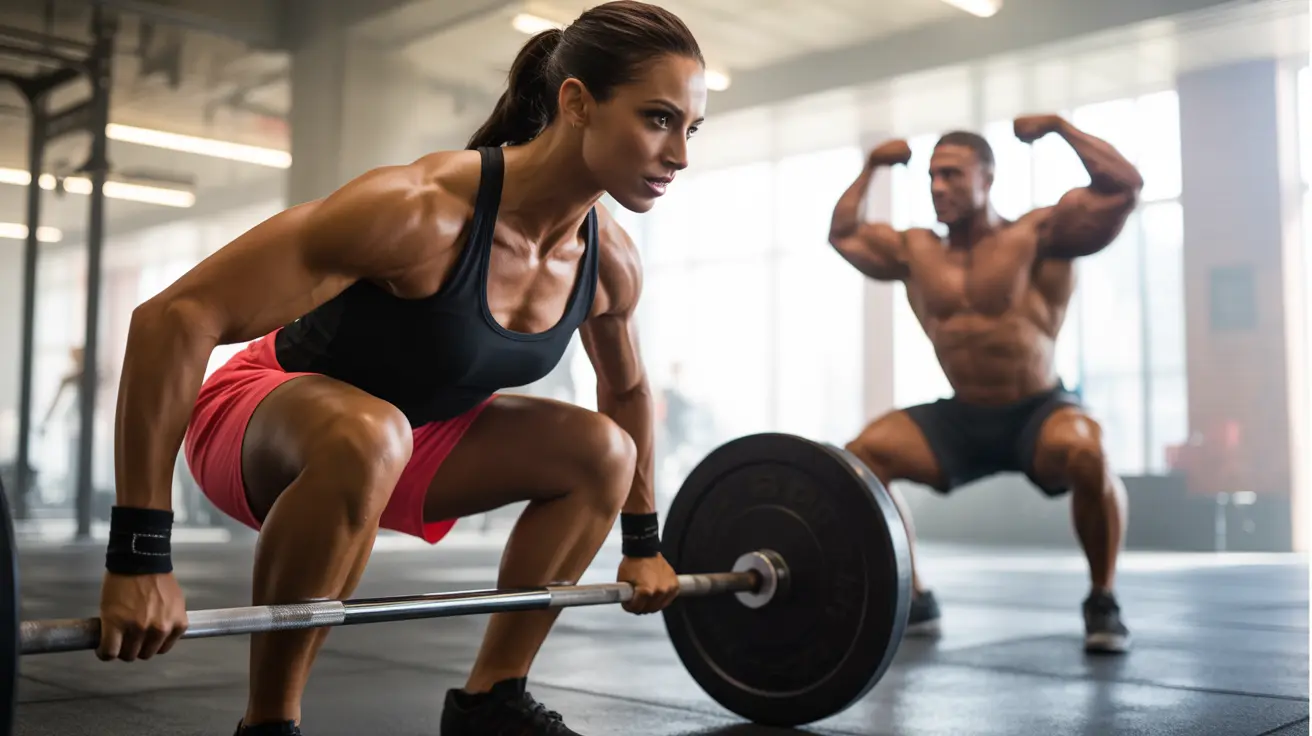For fitness enthusiasts looking to build strength or sculpt their physique, understanding the key differences between powerlifting and bodybuilding is crucial. While both disciplines involve weight training, they differ significantly in their approaches, objectives, and competitive formats. This comprehensive guide will help you understand which path might better align with your fitness goals.
Understanding the Fundamental Differences
Powerlifting focuses primarily on maximizing strength in three specific compound lifts: the squat, bench press, and deadlift. The goal is to lift the heaviest possible weight for a single repetition. In contrast, bodybuilding emphasizes muscle size, symmetry, and overall aesthetic appearance through targeted muscle group training and careful attention to nutrition.
Training Approaches and Methods
Powerlifting Training Structure
Powerlifting training typically involves:
- Low repetition ranges (1-5 reps)
- Heavy weights (80-100% of one-rep maximum)
- Longer rest periods between sets (3-5 minutes)
- Focus on technical perfection in the big three lifts
- Accessory exercises to support main lifts
Bodybuilding Training Structure
Bodybuilding workouts generally include:
- Higher repetition ranges (8-15 reps)
- Moderate weights (60-80% of one-rep maximum)
- Shorter rest periods (30-90 seconds)
- Various exercises targeting each muscle group
- Focus on muscle isolation and mind-muscle connection
Competition Standards and Judging
In powerlifting competitions, success is measured objectively through the total weight lifted across the three main lifts. Judges evaluate proper form and depth for each lift, with clear pass/fail criteria. Bodybuilding competitions, however, are judged subjectively based on muscle size, proportion, definition, and overall stage presentation, including posing routines.
Nutrition and Recovery Differences
Powerlifters often focus on maintaining strength while staying within specific weight classes. Their nutrition prioritizes adequate protein and caloric intake to support strength gains. Bodybuilders typically cycle through bulking and cutting phases, requiring more precise nutrient timing and stricter diet control to achieve the desired aesthetic results.
Combining Both Disciplines
Many athletes successfully incorporate elements from both powerlifting and bodybuilding into their training routines. This hybrid approach, sometimes called "powerbuilding," can offer benefits like increased strength, improved muscle mass, and enhanced overall athletic performance. However, it requires careful programming to balance the different training demands.
Health Considerations and Risk Factors
Both disciplines carry their own set of potential risks and benefits. Powerlifting may pose a higher risk of acute injuries due to maximal loading, while bodybuilding's high-volume training can lead to overuse injuries. Proper form, progressive overload, and adequate recovery are essential in both disciplines to minimize injury risk.
Frequently Asked Questions
1. What are the main differences between powerlifting and bodybuilding in terms of training and goals? Powerlifting focuses on maximizing strength in three specific lifts, using low repetitions and heavy weights. Bodybuilding aims to develop muscle size, symmetry, and definition through higher-volume training with moderate weights and varied exercises.
2. How do powerlifting and bodybuilding competitions differ in judging and performance criteria? Powerlifting is judged objectively based on total weight lifted in three specific lifts, while bodybuilding is judged subjectively on muscle size, symmetry, definition, and stage presentation.
3. What are the typical training methods and workout routines for powerlifting versus bodybuilding? Powerlifting routines focus on low reps (1-5) with heavy weights and longer rest periods, emphasizing the squat, bench press, and deadlift. Bodybuilding routines use higher reps (8-15), moderate weights, shorter rest periods, and a variety of exercises targeting all muscle groups.
4. Can someone combine powerlifting and bodybuilding training, and what are the benefits of doing so? Yes, combining both approaches ("powerbuilding") can lead to increased strength and muscle mass while developing both performance and aesthetic qualities. This approach offers variety in training and can help prevent plateaus.
5. What are the health benefits and potential risks associated with powerlifting compared to bodybuilding? Both disciplines improve strength and muscle mass but carry different risks. Powerlifting has a higher risk of acute injuries from maximal loading, while bodybuilding's high-volume training can lead to overuse injuries. Proper form and recovery are crucial in both.




